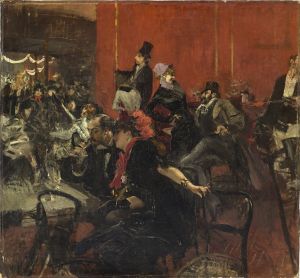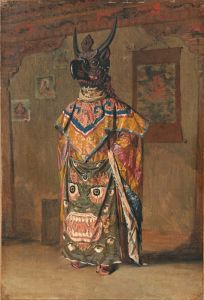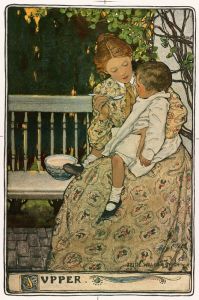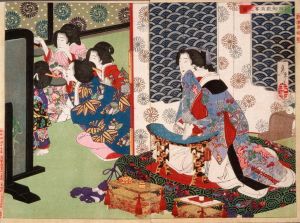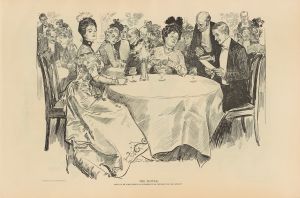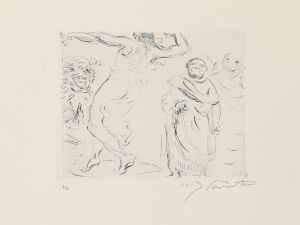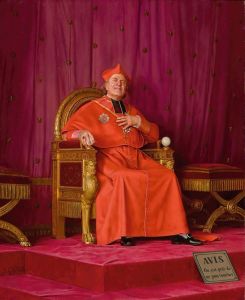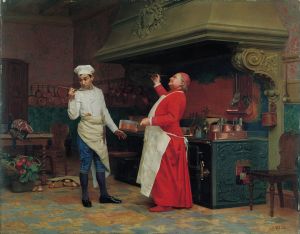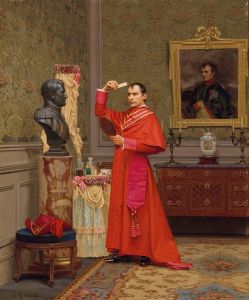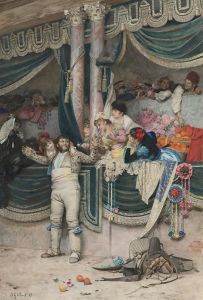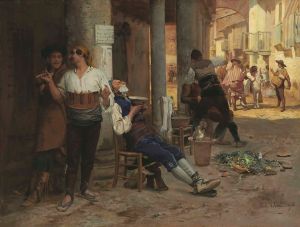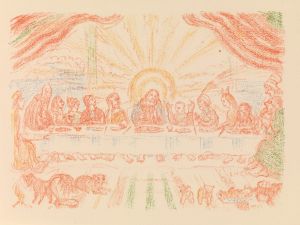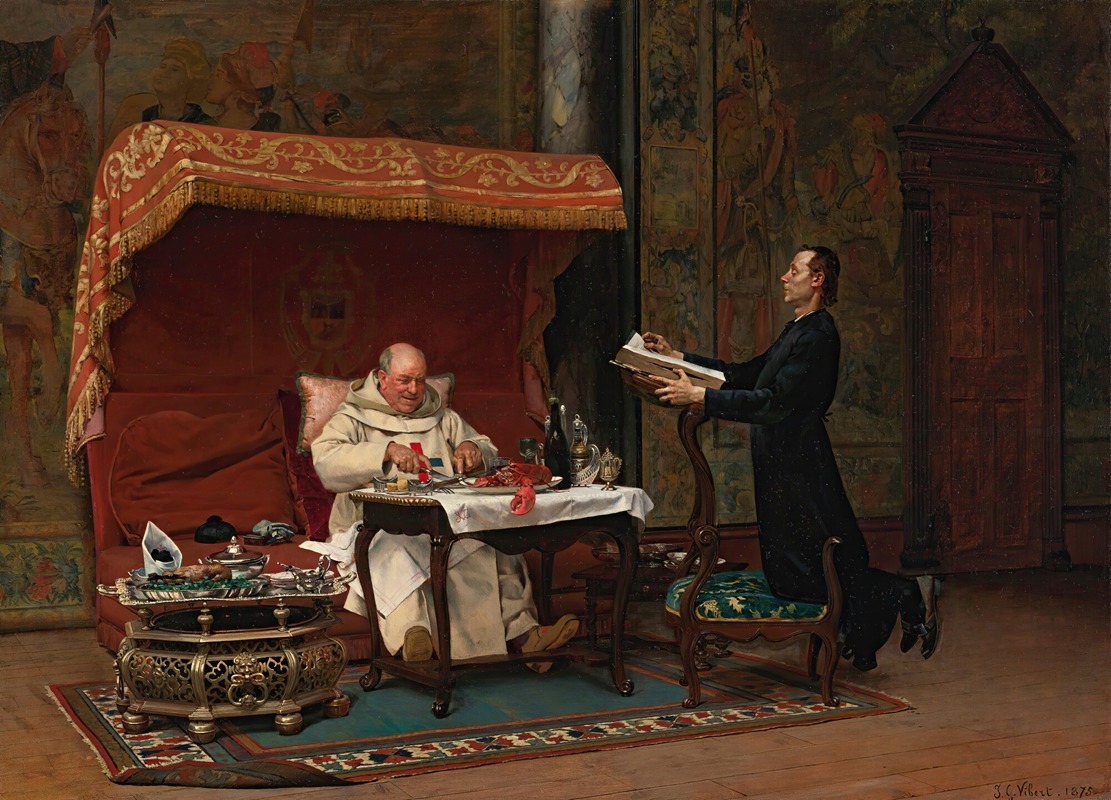
The Canon’s Dinner
A hand-painted replica of Jehan Georges Vibert’s masterpiece The Canon’s Dinner, meticulously crafted by professional artists to capture the true essence of the original. Each piece is created with museum-quality canvas and rare mineral pigments, carefully painted by experienced artists with delicate brushstrokes and rich, layered colors to perfectly recreate the texture of the original artwork. Unlike machine-printed reproductions, this hand-painted version brings the painting to life, infused with the artist’s emotions and skill in every stroke. Whether for personal collection or home decoration, it instantly elevates the artistic atmosphere of any space.
Jehan Georges Vibert was a French academic painter known for his satirical and often humorous depictions of clergy and religious figures. One of his notable works is "The Canon’s Dinner," a painting that exemplifies his skill in capturing the nuances of human expression and the intricacies of social commentary.
"The Canon’s Dinner" portrays a scene of clerical life, focusing on a canon—a senior member of the clergy—enjoying a sumptuous meal. Vibert's attention to detail is evident in the lavish setting, which includes an opulently decorated dining room, fine china, and an array of gourmet dishes. The painting is a vivid representation of the wealth and indulgence often associated with the higher echelons of the church during the 19th century.
Vibert's work is characterized by its meticulous detail and vibrant color palette, both of which are on full display in "The Canon’s Dinner." The artist's use of light and shadow adds depth to the scene, highlighting the textures of the fabrics and the sheen of the silverware. The canon himself is depicted with a sense of satisfaction and contentment, his expression suggesting a man who is thoroughly enjoying the pleasures of the table.
The painting is more than just a depiction of a meal; it serves as a commentary on the opulence and excess sometimes found within religious institutions. Vibert, known for his critical eye, often used his art to subtly critique the moral and ethical lapses of those in positions of power. In "The Canon’s Dinner," the juxtaposition of the canon's spiritual role with his earthly indulgence invites viewers to reflect on the potential disconnect between religious duties and personal behavior.
Jehan Georges Vibert was part of the academic art tradition, which emphasized technical skill and adherence to classical standards. However, his work also incorporated elements of realism and satire, setting him apart from many of his contemporaries. Vibert's paintings were well-received in his time, and he exhibited regularly at the Paris Salon, where his works were praised for their wit and technical excellence.
"The Canon’s Dinner" is an example of Vibert's ability to blend humor with critique, using art as a means to explore and question societal norms. His paintings often featured clergy in humorous or compromising situations, a theme that resonated with audiences and contributed to his popularity.
Today, Vibert's works, including "The Canon’s Dinner," are appreciated for their artistic merit and their insight into the social and cultural dynamics of 19th-century France. His paintings remain in various collections, both public and private, and continue to be studied for their unique blend of satire, realism, and technical prowess.





